New Cannondale Topstone Alloy: stable geometry, more versatility and lower price - and what we think
More than just an aluminium copy of the carbon version, the Topstone Alloy is designed for a wider range of riding and is super user-friendly


Hot on the heels of the new Topstone Carbon, which launched in April, comes the Cannondale Topstone Alloy gravel bike.
Cannondale says the Topstone Alloy “distils the spirit of the Topstone Carbon into a rugged, ever-ready aluminium frame." It’s fair to say it doesn’t appear to share that much with its more expensive carbon stablemate other than the ‘spirit’.
Although it’s obviously priced much lower than the carbon version, with the top model in the range, the Topstone Alloy LTD, costing £2,600 or in the USA the Topstone Alloy 1 at $2,300, it’s much more than just a budget version.
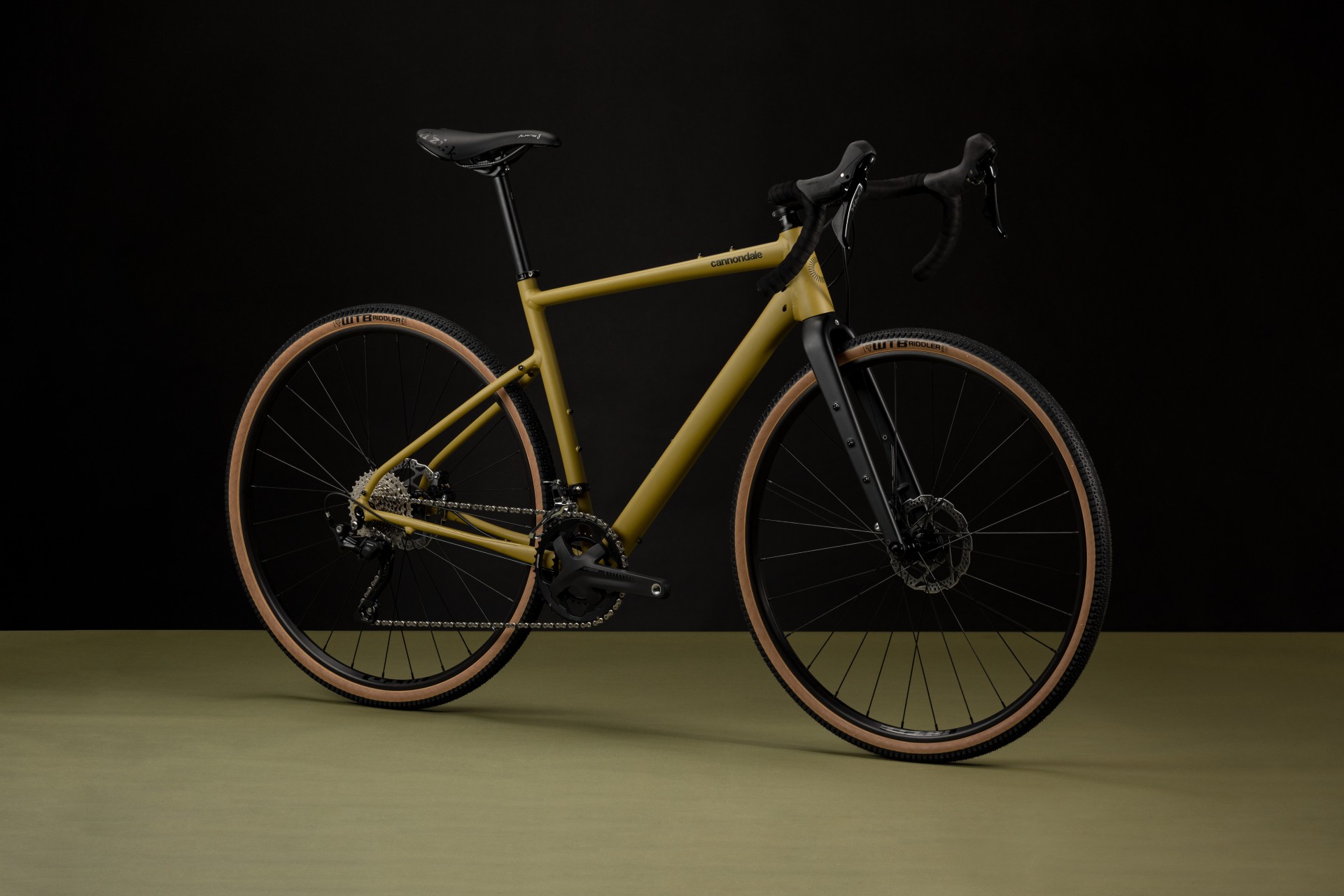
Cannondale has gone with a tried-and-tested geometry for the Topstone Alloy that will give it more stability and that will make it suitable for a much wider range of adventure riding and bikepacking - and in its press release Cannondale doesn’t rule out commuting either.
Let’s first take a look at the similarities between the carbon and aluminium Topstones and then dive into where the Topstone Alloy goes its own way.
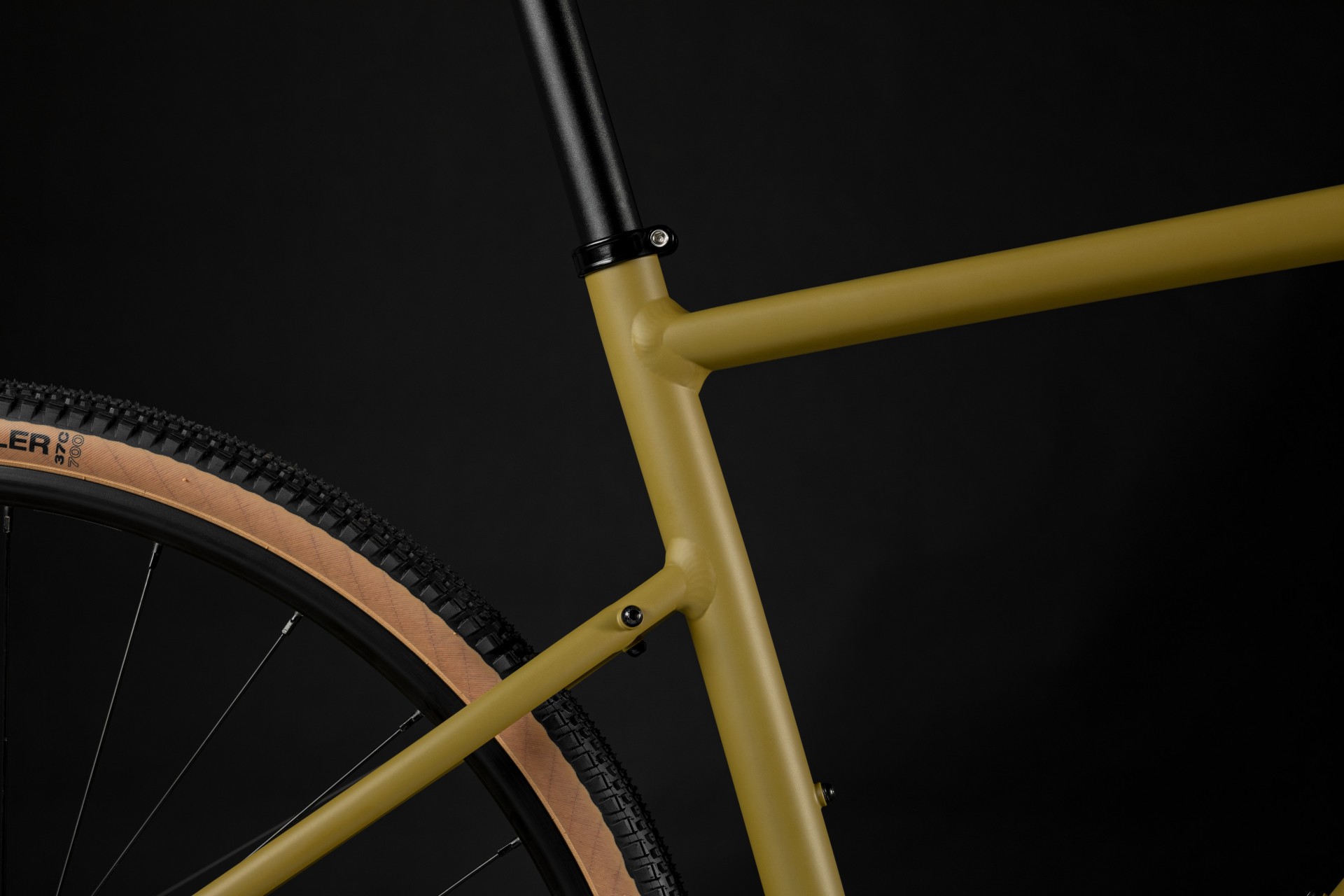
Both bikes now have tyre clearance for up to 700x45c rubber. The Topstone Alloy - as you’d expect of a bike that’s claimed to be suitable for commuting - has mudguard eyes. With fenders fitted you can still run 40mm tyres.
Like the Topstone Carbon, which reverted to a threaded bottom bracket shell amid the increasing number of thumbs down for the pressfit system, the Topstone Alloy comes with a threaded BSA BB.
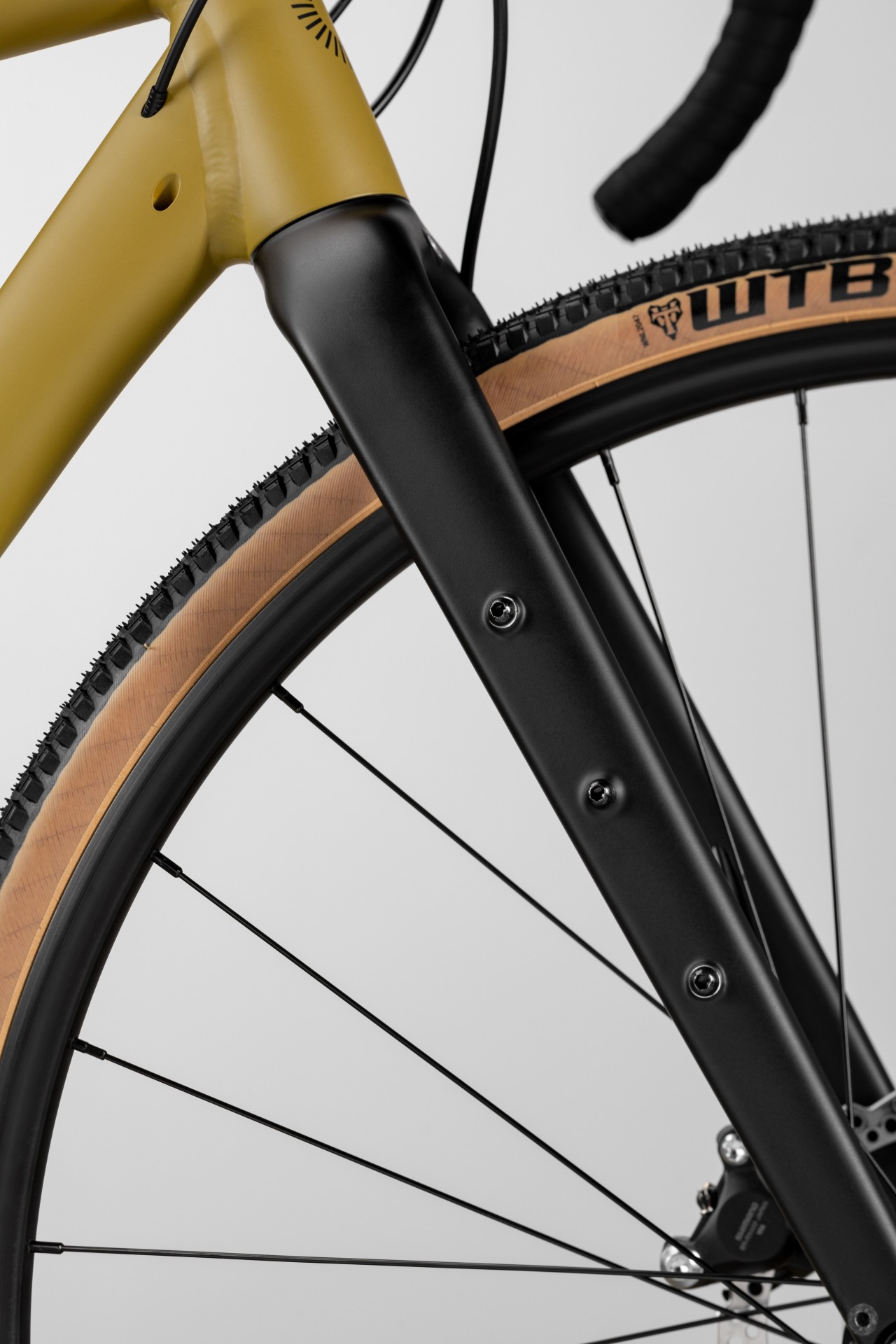
The Topstone Alloy comes with its own brand new carbon fork, but the bike is compatible with Cannondale’s Lefty Oliver and other gravel forks.
Like the Topstone Carbon the alu bike is also built to accept an internally routed 27.2 dropper seatpost.
Cannondale says the Topstone Alloy was designed “with simplicity, ease of use, and compatibility in mind” and it looks like it has certainly achieved those aims.
Cannondale says it has “many gear and water bottle mounts on the frame and fork” and we’re not going to try to count them from the pictures that came with the press release - but it’s fair to say it is 'adventure ready'.
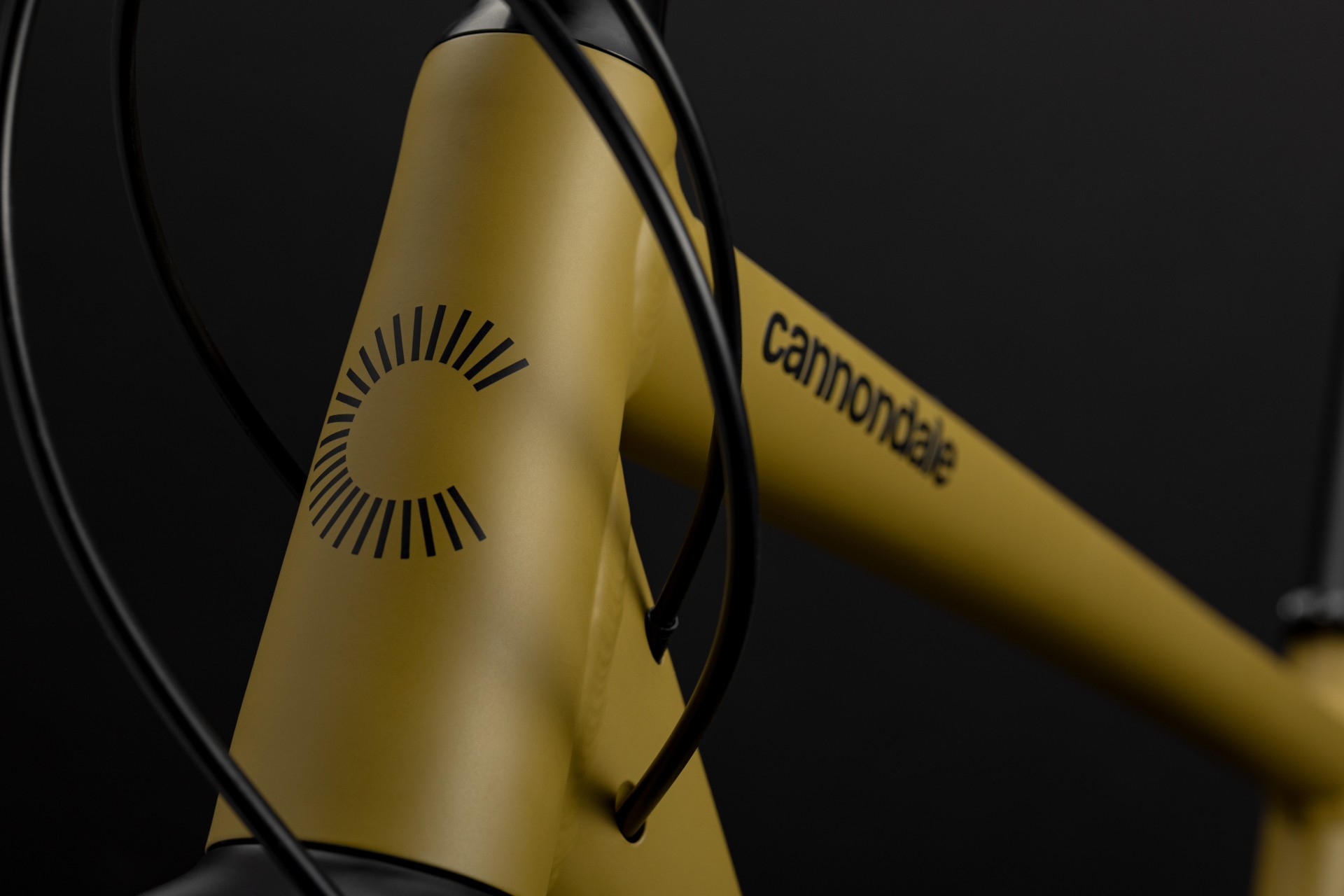
As for the geometry - and this is where it diverges - the Topstone Alloy generally goes slightly longer in the chainstays and wheelbase than the Topstone Carbon. There’s a bit more fork trail and a fraction of a degree less in the head tube angle, but it certainly isn’t slack compared to gravel bikes aimed at rougher trails.
Despite it being a brand-new bike, Cannondale has largely mirrored the dimensions of the outgoing Topstone alloy.
Despite the small but significant changes across the geo chart compared to the Topstone Carbon, the stack and reach are the same between the Alloy and the Carbon across the five sizes.
There’s no SmartSense version of the Topstone Alloy, but the bike is SmartSense compatible. SmartSense is Cannodale's new system of integrated lighting and rear-facing radar, first debuted with the new Synapse Carbon.
The Topstone Alloy does feature Cannondale’s integrated wheel sensor that delivers what Canondale calls “hyper-accurate ride information such as speed, route, and distance info while you ride.”
It also registers your bike, reminds you when it’s time for a service and more, all via the Cannondale.
Cannondale is offering the Topstone Alloy in four builds, each of which get their own colourway. Go to Cannondale's website for the full details and specs.
- Topstone LTD (Green) Shimano GRX 800 £2,600 UK only
- Topstone 1 (Mercury & Cinnamon) Shimano GRX 600 £2,150/$2,300
- Topstone 2(Midnight & Olive Green) Shimano GRX 400 £1,750/$1,900
- Topstone 3 (Grey & Turquoise) Shimano Sora £1,400/$1,550
- Topstone 4 (Black Pearl & Mango) microShift Advent X £1,150/$1,350
Tech features Stefan Abram: my take on the new Cannondale Topstone Alloy
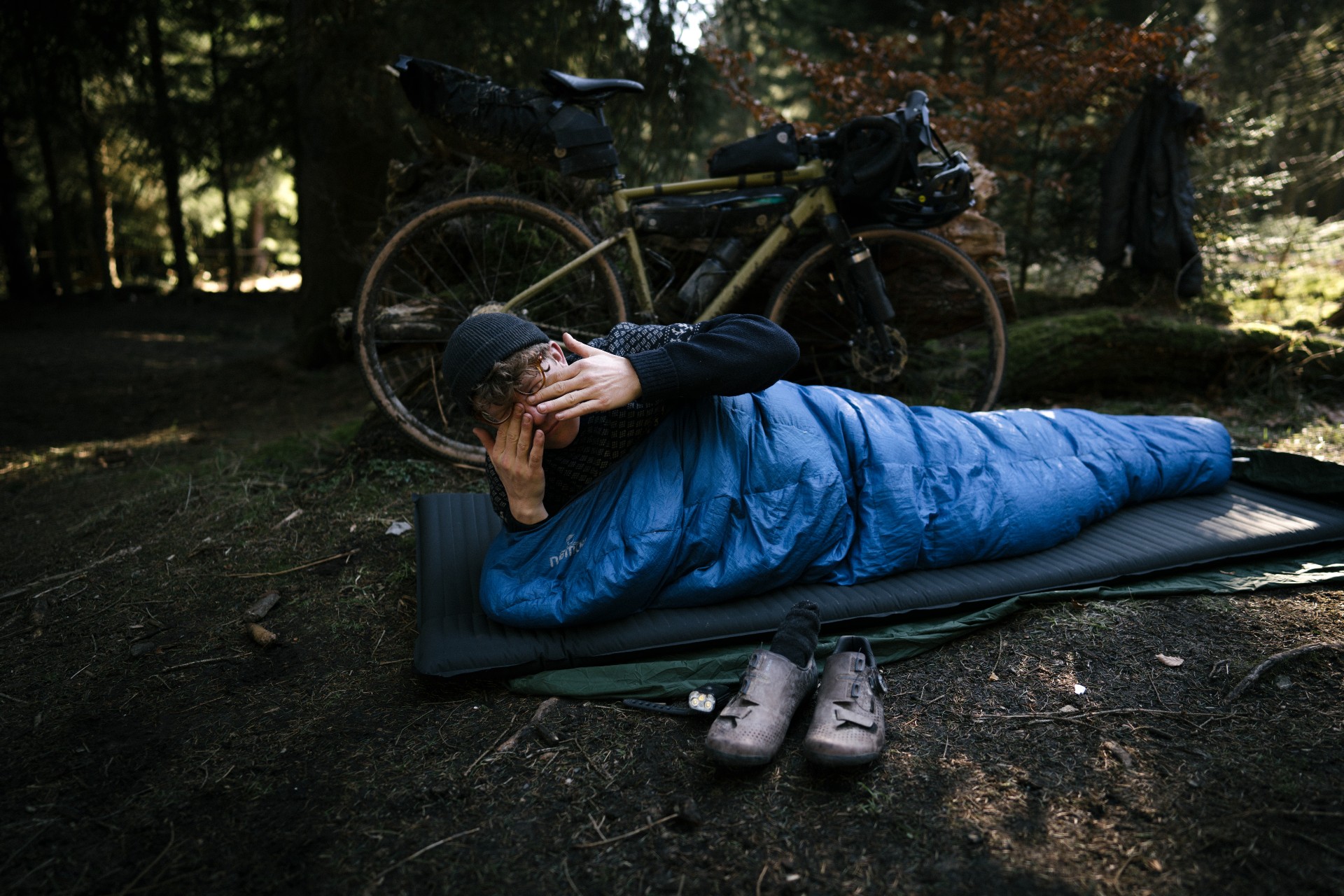
There are lots of nice points to the Topstone Alloy: the introduction of triple mounts to the front fork is super useful for modern bikepacking, but the retention of pannier rack mounts is an equally nice touch.
Whilst some brands are doing away with rack mounts – presumably because it doesn’t quite fit that perfect ‘bikepacking image’ – the fact remains that they provide a lower-cost way of carrying your kit. So hats off to Cannondale for keeping that functionally.
Other useful features include the threaded bottom bracket and a standard dishing of the rear wheel. Although Cannondale has built its reputation on doing things differently, it’s really great to see practicality on a platform where durability and replaceability should have a higher priority than nanoseconds in a sprint.
In terms of the geometry, the Topstone Alloy is playing it pretty safe. The 435mm chainstays are quite common for alloy gravel bikes and tend to add a bit more to the stability compared to the 425mm you get on racier carbon models.
The 71-degree head angle likewise isn’t super slack – at least compared to trail-focused gravel bikes optimised for control when cornering at speed – but it’s still less steep than gravel bikes have previously been and likely will provide a stable handling.
In all, the new Topstone Alloy looks a well-thought-out model. It has a lot of user friendly features and the price point isn’t unreasonable.
But then again, there are more progressive alloy bikes – such as the Rondo Ruut – which are knocking on the doors of carbon models in terms of their geometry. There are also others that are cheaper still, with the Vitus Substance being a prime consideration. So there’s certainly still a lot to consider when making your choice.

Thank you for reading 20 articles this month* Join now for unlimited access
Enjoy your first month for just £1 / $1 / €1
*Read 5 free articles per month without a subscription

Join now for unlimited access
Try first month for just £1 / $1 / €1
Get The Leadout Newsletter
The latest race content, interviews, features, reviews and expert buying guides, direct to your inbox!
Simon Smythe is a hugely experienced cycling tech writer, who has been writing for Cycling Weekly since 2003. Until recently he was our senior tech writer. In his cycling career Simon has mostly focused on time trialling with a national medal, a few open wins and his club's 30-mile record in his palmares. These days he spends most of his time testing road bikes, or on a tandem doing the school run with his younger son.
-
 Man hands himself in to Belgian police after throwing full water bottle at Mathieu van der Poel during Paris-Roubaix
Man hands himself in to Belgian police after throwing full water bottle at Mathieu van der Poel during Paris-Roubaix30-year-old was on Templeuve-en-Pévèle cobbled sector when television pictures showed the bottle hitting him in the face
By Tom Thewlis Published
-
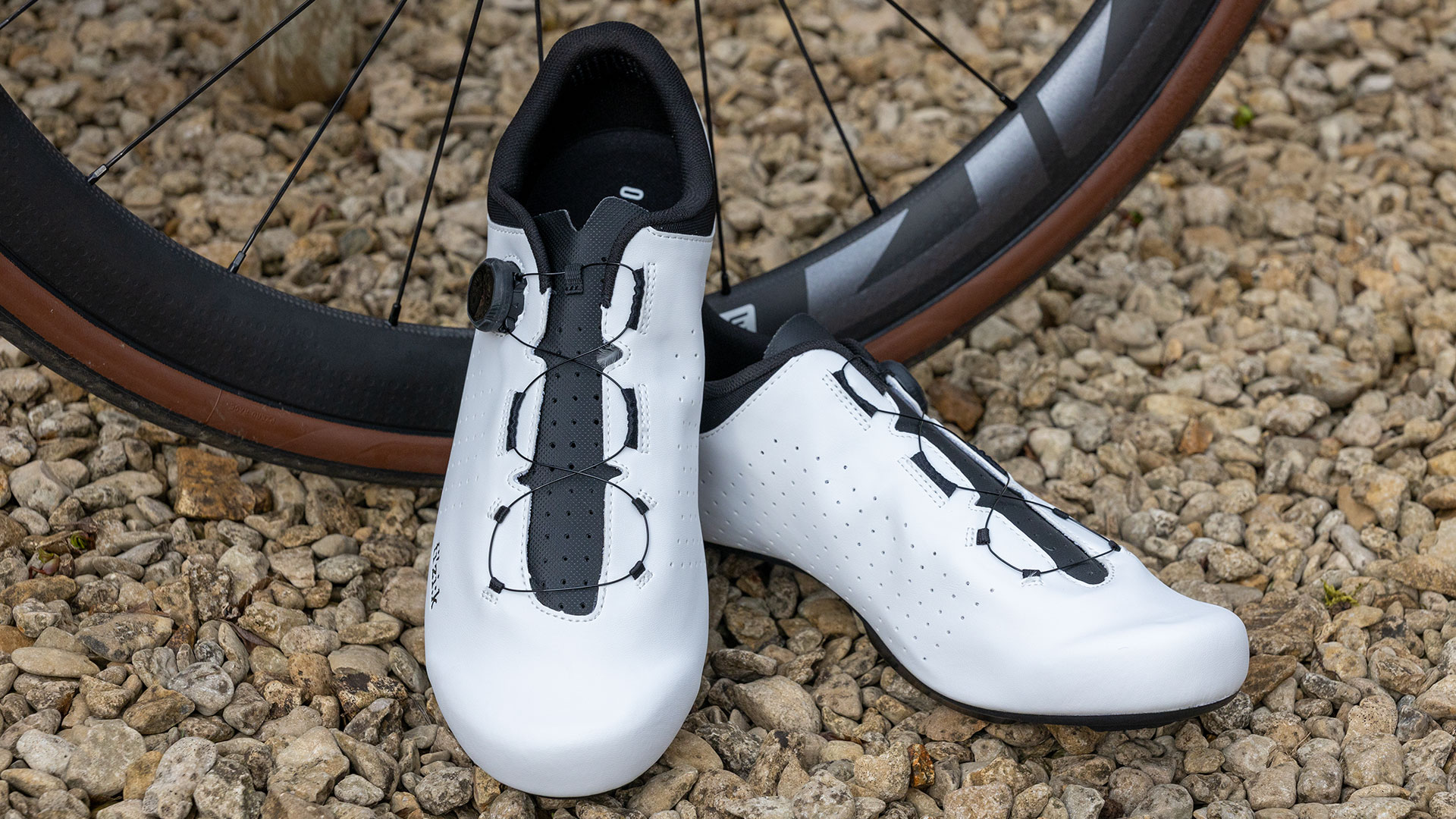 Fizik Vento Omna Wide shoe review: Yeti sneakers for those pedalling on a budget
Fizik Vento Omna Wide shoe review: Yeti sneakers for those pedalling on a budgetBroadly recommended for those of us with flipper feet
By Simon Fellows Published